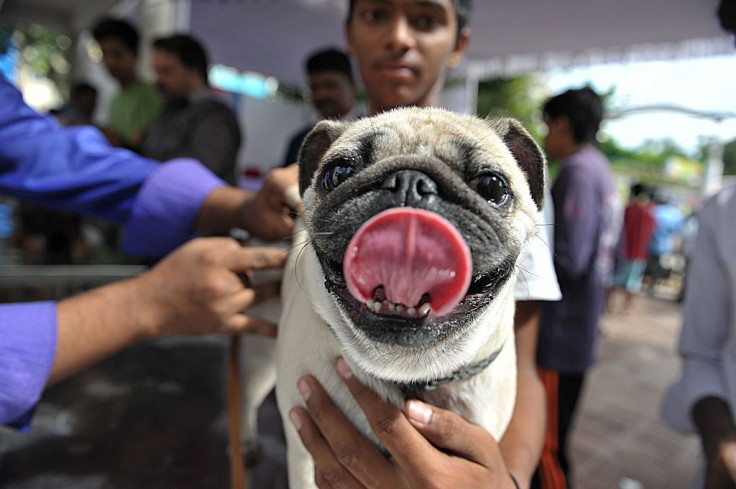Key Rabies Signs And Symptoms You Shouldn’t Ignore After A Dog Bite

Vaccines work to prevent viral diseases like rabies to spread.
This is what the World Health Organization (WHO) has been telling us repeatedly and yet close to 60,000 people still die of rabies each year based on latest statistics. Most of these deaths occur in Asia and Africa, and the majority of these deaths are inflicted on children and teenagers by dogs. On the other hand, bats are the main source of rabies transmissions in North and South America.
Although the survival rate for an unvaccinated person who have been infected is practically nil, it need not come to this point if people and dogs submit to preventive vaccinations.
WHO points out that dogs are responsible for transmitting up to 99 percent of rabies to humans. Vaccinating dogs, therefore, is still the most cost-effective strategy for preventing rabies in people.
According to the organization, dog vaccination reduces rabies-related deaths. Dog vaccinations also do away with the need for expensive and time-consuming “Post Exposure Prophylaxis” or PEP among humans as a part of dog bite patient care. PEP is the immediate treatment of a bite victim after rabies exposure. It prevents virus entry into the central nervous system, which results to death.
WHO emphasizes that rabies elimination is indeed feasible through the vaccination of dogs and the prevention of dog bites. This is also far cheaper than vaccinating humans.
WHO, the World Organization for Animal Health (OIE), the UN Food and Agriculture Organization (FAO) and the Global Alliance for Rabies Control (GARC) are partnering in a global “United Against Rabies” collaboration to implement a common strategy to achieve "Zero human rabies deaths by 2030.”
All this is well and good, but rabies is a personal attack on a loved one. Should someone in your family or someone close to you be bitten by a dog, it’s always helpful to know signs and symptoms that point to a rabies infection.
The incubation period for rabies is typically two to three months. But incubation may vary from one week to one year depending on factors such as the location of virus entry and viral load.
Initial symptoms of rabies include fever with pain and unusual or unexplained tingling, pricking, or burning sensation (called “paraesthesia”) at the wound site. When the virus spreads to the central nervous system, the victim suffers from progressive and fatal inflammation of the brain and spinal cord.
The most common form of rabies is the so-called “furious rabies” that infects eight out of 10 victims. And there’s another form called paralytic rabies.
People with furious rabies show signs of hyperactivity, excitable behavior, hydrophobia (fear of water) and sometimes aerophobia (fear of drafts or of fresh air). Death occurs after a few days due to cardiac arrest or a heart attack.
On the other hand, paralytic rabies runs a usually longer course than furious rabies. The victim’s muscles gradually become paralyzed, starting at the site of the bite or scratch. A coma slowly develops, and death eventually occurs.
Here’s a list of the signs and symptoms you shouldn’t ignore after a dog bite:
- Muscle spasms and unusual postures
- Seizures (convulsions)
- Excessive movements or agitation
- Excessive movements or agitation
- Weakness or paralysis (the victim can’t move some body parts)
- Extreme sensitivity to bright lights, sounds, or touch
- "Foaming at the mouth"
But before it comes to any of this, it’s best to consult with a doctor after a dog bite. Immediate first aid, extensive washing of the bite area and local treatment of the wound are also necessary.
Doctors usually recommend a course of potent and effective rabies vaccine that meets WHO standards. Rabies immune globulin is administered right away as part of treatment. A series of four doses of rabies vaccine is also given afterward, according to KidsHealth.
WHO affirms that effective treatment soon after exposure to rabies can prevent the onset of symptoms and death.



























